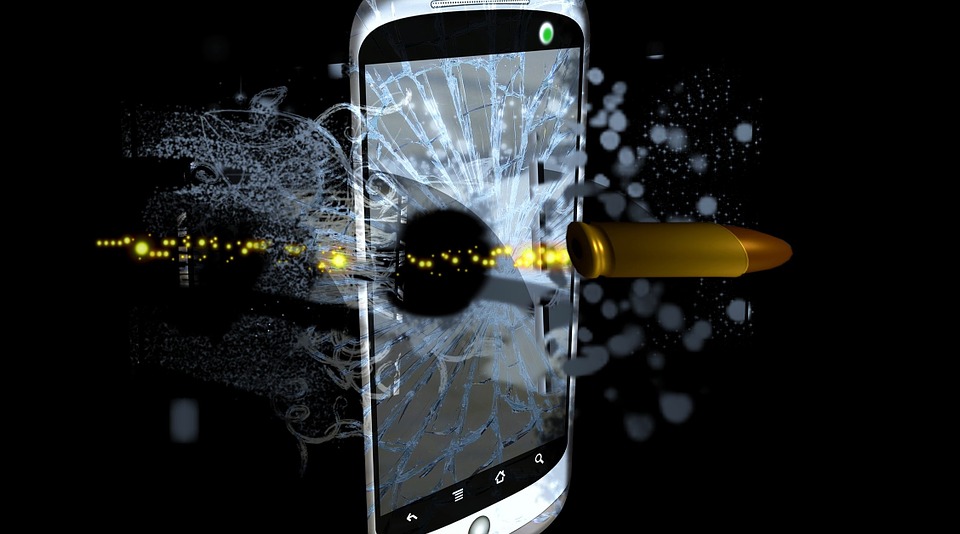It’s all hamstrung by a control scheme that simply wasn’t built for mobile devices. In fact, none of the big titles like Call of Duty or Madden were designed to fit in your hand or be guided by a touch screen. Which makes sense, they were built to fit their platform of choice.
That’s the trick though, isn’t it? They were built with their platform in mind, while every mediocre wannabe mobile console game doesn’t so much do that. The same goes for mobile games that have taken the app store by storm. They’re built for handheld devices and maximize their potential. Except, that doesn’t mean you can’t have the best of both. You might call me crazy for saying that, but it’s true. However, to do this, you have to rethink how a traditional console game will work on a mobile device.[sc name=”quote” text=”you’re only focused on dragging your aim, not your movement, which frees up the screen so there’s both more real estate and room for more inputs”]
To start, let’s take a look at Cover Fire, a free to play cover-based shooter. It has all the hallmarks of a AAA military action title, but with a twist – movement is automatic. All your efforts are focused on attacking the enemy, rather than fumbling with an imaginary control stick. It means you’re only focused on dragging your aim, not your movement, which frees up the screen so there’s both more real estate and room for more inputs. It works great, nailing the exact sort of pacing and feel you’d have with Gears of War, but without necessitating anywhere between one to half a dozen inputs necessary for player mobility.
Think about it – if you’re building a third person shooter with movement, the player has to be able to walk, sprint, take cover, mantle over cover, and move around corners of cover smoothly. That’s a lot of additional work for the designers to smoothly integrate into the game. There’s nothing saying you couldn’t do that, but then you might have to trim back other features. Don’t believe me? Well, let’s take a look at a game that opted for another approach, Guns of Boom.[sc name=”quote” text=”Guns of Boom solves one of the biggest problems with mobile action titles by ripping out manual control of firing your gun”]
While Cover Fire tosses movement to the wind, Guns of Boom solves one of the biggest problems with mobile action titles by ripping out manual control of firing your gun. Now, it’s not a matter of trying to tap a virtual trigger on the screen, but just moving and lining up your shots. Once again, this simplifies so much.
In addition to this, you automatically sprint by swiping further up the screen, so the vast majority of your time is spent gently directing your thumbs across the two far sides of the screen while flanking enemies. Regenerating health, throwing grenades, and knifing enemies all require individual taps, but they are also quick actions that are easy to perform because the screen is far less occupied. However, let’s step back and ask “can you truly nail a full AAA experience, with no compromises to what you can control?” To find our answer, we’re going to need to refer to an oldie but a goodie.
One of the best examples of this is Dead Space Mobile. By comparison to many genres, adapting a hardcore survival horror title to handheld play sounds like an absurd challenge. Yet, it was surmounted through the simple decision to stick to the core game’s philosophy of building the user interface into the game world itself. Instead of sacrificing a specific control input, Dead Space Mobile integrates the entire user interface into the game itself so that only the important parts appear.[sc name=”quote” text=”Instead of sacrificing a specific control input, Dead Space Mobile integrates the entire user interface into the game itself so that only the important parts appear.”]
For example, you can only reload your gun or change its firing mode while it’s aimed. Normally, your only inputs are walk and run alongside one side of the screen, while the other is used for pushing buttons and entering aiming mode. While in aiming mode, your movement controls minimize – both because it’s a horror game and also because this means the player needs to be far more focused on shooting rather than moving. Now you have greater control over your weaponry, and the game remains in focus on what it needs to do. Switching your weapon’s firing mode is even tied into activating your phone’s gyroscope, taking an entire mechanic and tying it into a hardware perk you wouldn’t have access to on most consoles.
By limiting what the player can access depending on their needs allows Dead Space Mobile to feature everything you’d find on console, but fitting neatly into a mobile experience. It maximizes on what handhelds can do, while accommodating their limitations. By finding creative solutions like these, developers can emphasize the best parts of mobile gaming, and these are but a few examples of what can be done. So, whether you’re just a fan of games on the go, or an aspiring mobile developer, keep an eye out for titles that make use of this design philosophy. They might not play just like your games at home, but they’re offering something built precisely to deliver that same experience.













